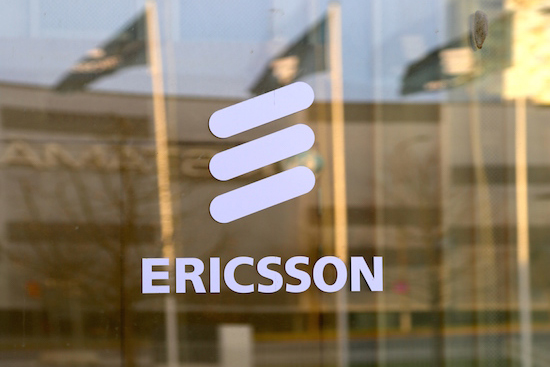Swedish vendor’s Radio Access Networks help remote islands keep heads above water
Ericsson has released details of how its radio access networks (RAN) kit is helping remote island communities to compete globally. In The Faroe Islands Ericsson and partners are building the supporting infrastructure for Internet of Things (IoT) and artificial Intelligence (AI) to modernise the fishing industry that supports the archipelago’s entire economy. In Taiwan Ericsson’s 5G is helping build a new infrastructure for a nation that’s struggling to keep its independence and international profile. The communications hardware vendor has reportedly seen a significant rise in business since Chinese companies have become blacklisted.
Meanwhile Austrian mobile operator A1 Telekom is to use Ericsson and Nokia as partners in a future 5G rollout for Bulgaria, Croatia, the Republic of Serbia and Slovenia.
Ericsson has secured an exclusive 5G Core and Radio Access Network (RAN) deal with the Faroe Islands’ incumbent comms service provider Faroese Telecom (Føroya Tele).
Faroese Telecom (FT) appointed Ericsson’s to modernise its network, which is spread over the 18 rocky, volcanic Faroe Islands between Iceland and Norway in the North Atlantic Ocean. The self-governing archipelago, part of the Kingdom of Denmark, is physically connected by bridges, tunnels, subsea tunnels and ferries with a population of 53,400 across 1,400 square kilometers.
The rollout of 5G and the full modernization of Faroese Telecom’s current 4G network will use Ericsson’s 5G RAN and Core products and solutions, including the Ericsson Radio System portfolio that covers Massive MIMO and Ericsson Antenna System. The work will start immediately and should complete in 2023.
The new 5G needs to ‘transform’ the autonomous territory’s main industry, fishing, according to FT. Better coverage, lower latency and higher speeds are an immediate priority for all participants in the fisheries economy. In the long term the 5G network must support the Internet of Things (IoT) and artificial intelligence (AI) to create new services while improving safety, autonomous navigation and route monitoring for fuel volume control and gas emissions.
“The Faroe Islands is one of the best-connected countries in the world with 97.2 percent geographical coverage of 4G reaching even 100 kilometers out to sea,” said Faroese Telecom CEO Jan Ziskasen. “Its newest subsea tunnel, Eysturoyartunnilin, is 11 kilometers long and 187 meters deep and has a roundabout. After the modernisation, this will be the first undersea tunnel where you can roam on 5G whilst driving through a roundabout under the surface of the North Atlantic Ocean.”
Taiwan telco toggles between 4G and 5G
Meanwhile, Taiwan’s first MOCN-supported non-standalone (NSA) 5G network is ready for service, Ericsson has announced.
Work began in September 2020 and Asia-Pacific Telecom (APT) announced a pact with Far EasTone (FET) to run 5G services on FET’s 3.5 GHz spectrum. In Jan 2021 it appointed Ericsson to upgrade its network by consolidating them into multi-operator core network (MOCN) sharing the same RAN and bandwidth in order to save on purchasing, running costs and energy consumption. Ericson’s kit has rejuvenated the network infrastructure by allowing it to achieve sub-millisecond toggling between 4G and 5G networks.
Taiwan has a predicted 5G penetration of 30 per cent of subscribers by the end of this year, according to the island’s largest operator Chunghwa Telecom, which has one million 5G subscribers. It claims it will double these numbers by the end of 2021. Rivals FET and Taiwan Mobile have around 800,000 5G subscribers, according to Digitimes Asia. Both operators expect their 5G subscriptions to make up 30% of their overall total of customers by the end of the year.



